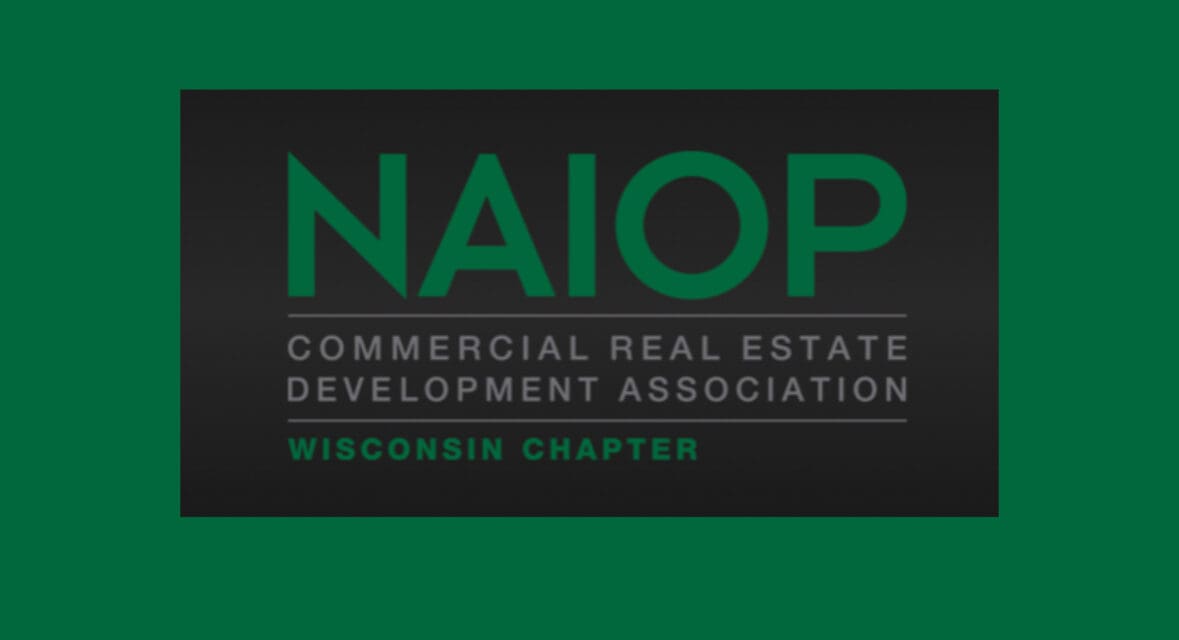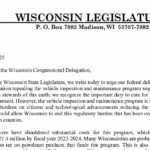A recent Environmental Protection Agency decision to label six southeast Wisconsin counties as ozone nonattainment areas is sparking concerns among business leaders, who warn it could stifle economic growth in the region.
The designation, effective late 2024, affects Milwaukee, Ozaukee, Racine, Washington, Waukesha, and Kenosha counties.
The EPA’s move stems from updated air quality data showing ozone levels exceeding the 70 parts per billion standard set in 2015, a threshold tightened from the previous 75 parts per billion. For industries like manufacturing, which often rely on processes emitting volatile organic compounds or nitrogen oxides—key contributors to ground-level ozone—the new status brings tougher permitting rules and potential penalties.
NAIOP Wisconsin, a commercial real estate development association has warned its members that this could deter new projects or expansions, threatening jobs and investment in a region already navigating economic challenges.
“This is a huge deal for economic development in southeast Wisconsin,” said NAIOP Wisconsin Executive Director Jim Villa.
He pointed to a looming “three-year timer” that began in 2024, after which failure to achieve compliance could elevate the region to “serious” nonattainment status, triggering even stricter regulations.
The EPA’s ozone standards aim to protect public health by reducing smog, which can exacerbate respiratory issues like asthma. However, NAIOP Wisconsin argues the tightened rules disproportionately burden areas like southeast Wisconsin, where industrial activity and urban density complicate compliance efforts. Local developers now face a race against time to adapt, with the clock ticking toward 2027.
“Despite Wisconsin’s emissions steadily decreasing, the ozone issue is exacerbated by transported pollution from upwind states (primarily Illinois and Indiana). This places an unfair regulatory burden on businesses in Wisconsin, creating an artificial barrier to industrial growth that does not reflect the true sources of pollution,” Villa warned his members in a policy brief distributed this week.
Failure to meet the standard could cement the region’s nonattainment status, casting a shadow over future growth prospects. For now, business leaders are calling for solutions to balance environmental goals with economic vitality, as the region braces for a challenging road ahead.
















